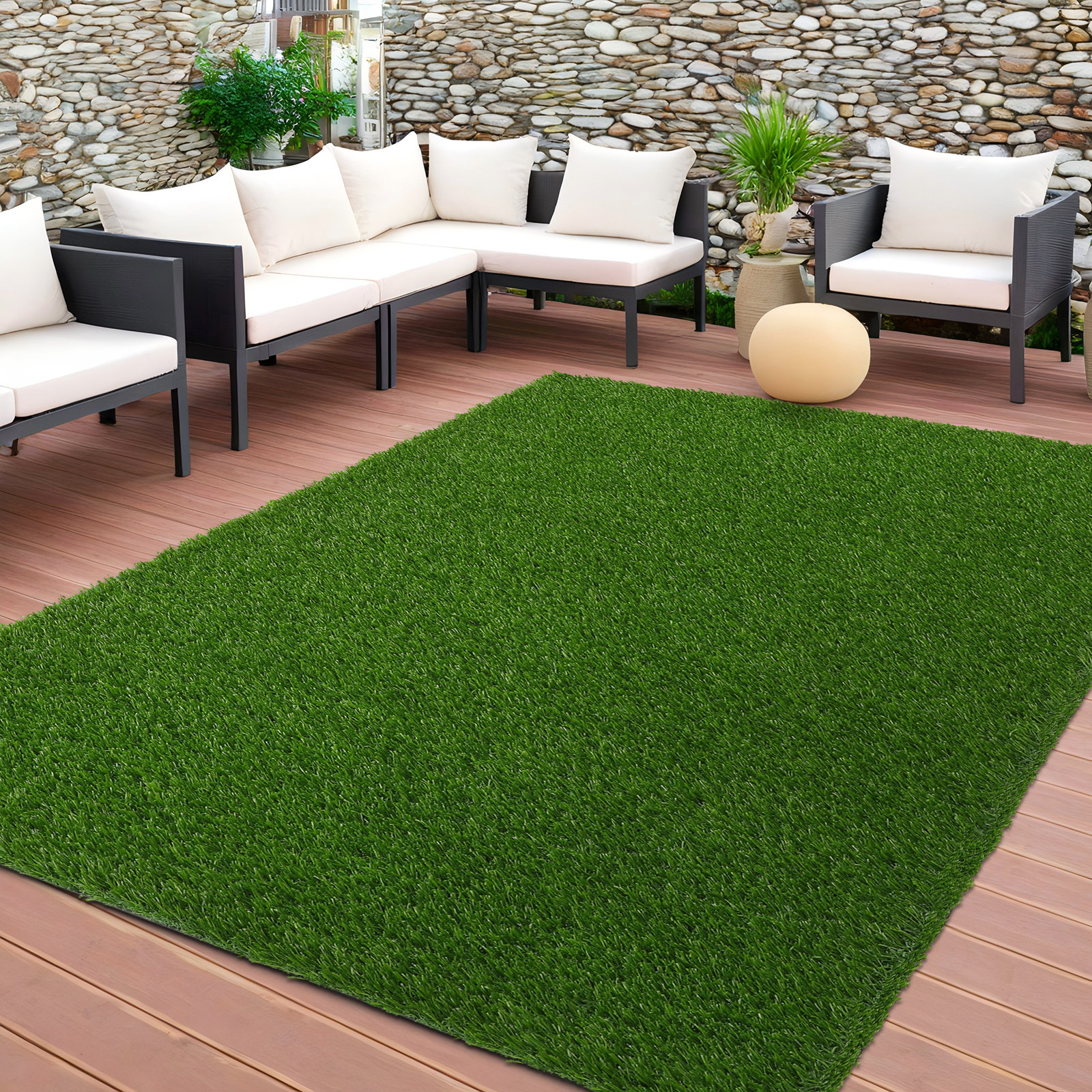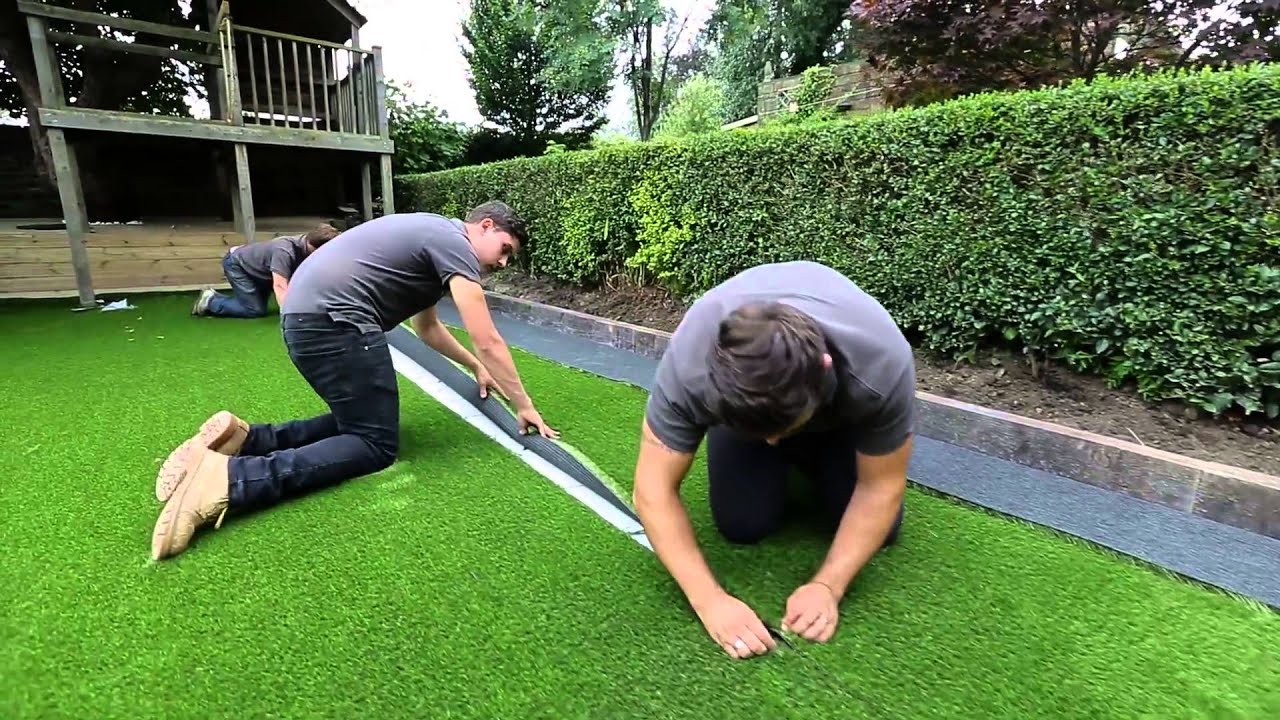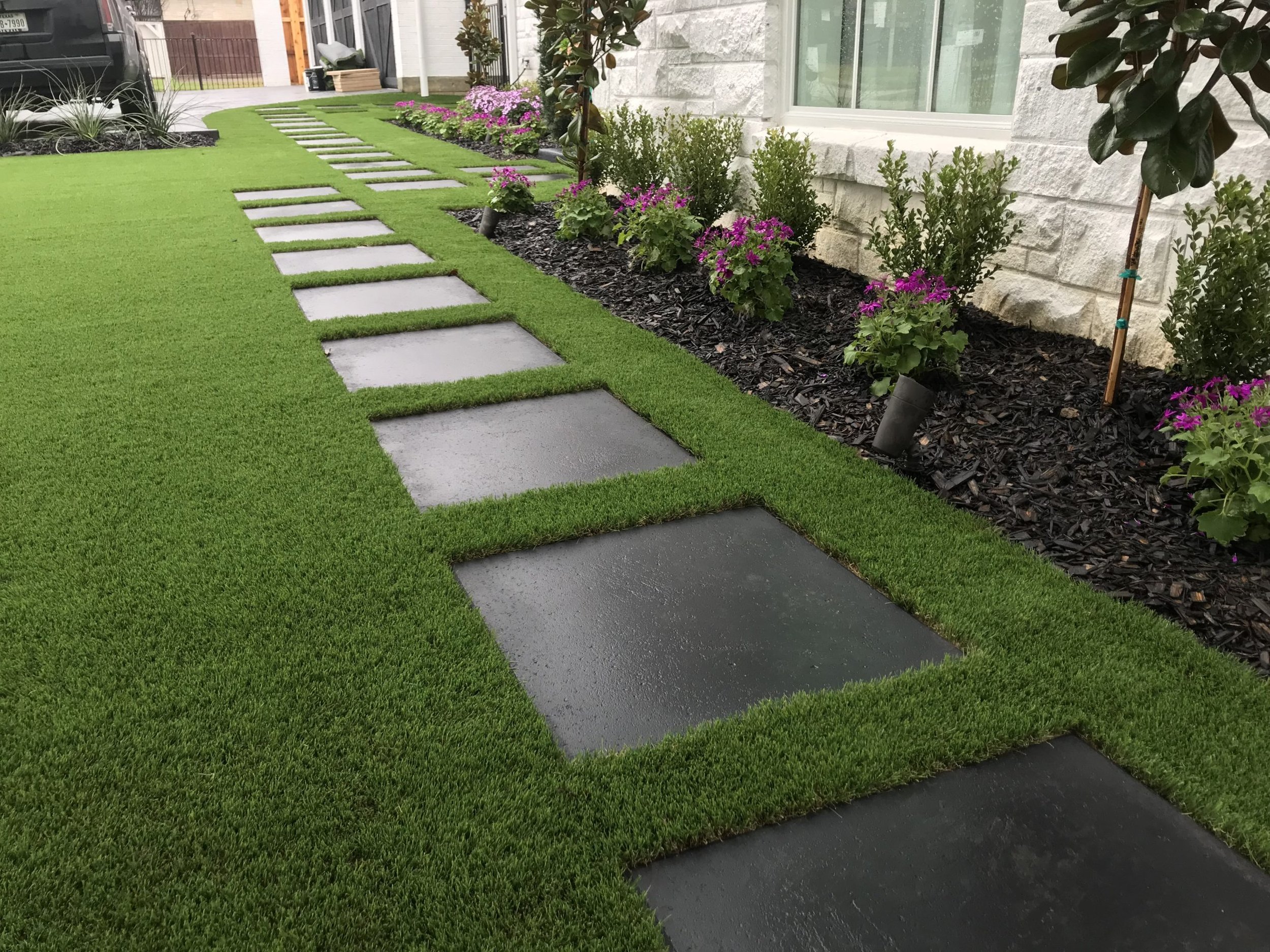Explore the Environmental Perks of Opting for Artificial Grass Solutions
The fostering of synthetic grass solutions presents a compelling possibility to deal with pressing ecological obstacles. By significantly reducing water use and reducing the application of dangerous chemicals, these choices not only promote sustainable landscaping yet likewise shield neighborhood ecological communities. The reduced carbon footprint linked with lowered upkeep activities contributes to an extra sustainable strategy to land administration. Nevertheless, the ramifications of these benefits expand past plain conservation initiatives, increasing concerns about their lasting effect on environment conservation and overall eco-friendly balance. Discovering these measurements exposes an intricate interaction worth thinking about.
Water Conservation Perks
One of the most significant advantages of artificial lawn is its capability to save water. In contrast, artificial lawn does not require watering, dramatically minimizing the general need for water resources.
By removing the requirement for normal watering, synthetic lawn adds to sustainable landscape methods and assists alleviate the ecological effect of extreme water intake. The conservation of water extends to the reduction of overflow, which can lead to dirt disintegration and waterway air pollution.
In addition, the installation of fabricated turf enables homeowners and districts to allocate water sources more successfully, concentrating on important uses such as drinking water and farming. The shift towards artificial grass not just advertises liable water use yet likewise straightens with more comprehensive ecological goals aimed at protecting natural deposits.
As neighborhoods significantly focus on sustainability, the water conservation benefits of man-made lawn offer a compelling case for its fostering in household and business landscaping projects.
Lowered Chemical Use
The change to synthetic grass considerably decreases the reliance on chemical therapies generally utilized in natural turf maintenance. Typical lawn administration usually entails the application of herbicides, pesticides, and plant foods to advertise growth and control pests. These chemicals can pose threats to human health and wellness, neighborhood wildlife, and the atmosphere, adding to soil and water contamination.
On the other hand, synthetic grass removes the need for these harmful substances. As soon as installed, it needs marginal upkeep, primarily containing normal cleaning and seldom infill replenishment. This reduction in chemical use not just benefits the prompt environment however additionally adds to more comprehensive ecological stability. By lessening the launch of synthetic compounds into the ecological community, fabricated grass advertises much healthier soil and water supply.
Moreover, the absence of chemical runoff connected with synthetic grass installments assists safeguard regional waterways from contamination, sustaining aquatic life and preserving biodiversity. Arizona turf. As areas increasingly focus on sustainable practices, selecting synthetic grass offers a sensible remedy that aligns with environmental conservation goals. Through this change, homeowner can delight in rich green rooms without compromising ecological health, leading the way for a much more sustainable future
Lower Carbon Impact

Moreover, the installment of synthetic grass can result in considerable water preservation. Natural yards call for considerable quantities of water click resources for watering, which not just adds to the carbon impact connected with water removal and treatment however also strains neighborhood water sources. On the other hand, synthetic grass requires very little maintenance, requiring no watering, therefore considerably lowering water use and its associated energy costs.
Additionally, the long life of synthetic grass contributes to its decreased carbon influence. With a life expectancy of as much as 15 years or additional resources more, the requirement for constant replacements is decreased, resulting in less waste and lower power usage in manufacturing and throwing away typical lawn options. Generally, synthetic grass provides a sustainable option for ecologically mindful landscape design.
Habitat Conservation
Habitat conservation is a critical factor to consider in the argument over landscaping choices, particularly when contrasting synthetic grass to all-natural yard. All-natural lawn yards often call for considerable upkeep, consisting of the usage of pesticides, plant foods, and herbicides, which can adversely influence neighborhood ecosystems. These chemicals can seep into the soil and rivers, hurting native plants and fauna and disrupting neighborhood habitats.
In comparison, synthetic turf offers a chance to reduce the environmental footprint of landscaping. By selecting artificial turf, homeowners can minimize the disturbance of natural environments related to traditional grass care methods. Synthetic grass eliminates the requirement for unsafe chemicals, thereby shielding nearby wildlife and maintaining the stability of bordering ecosystems. The installation of man-made lawn can lead to the conversion of previous yard areas right into even more biodiverse landscapes, such as pollinator yards or indigenous plant areas, which can support regional wild animals.
Ultimately, the shift to fabricated lawn not just saves water and lowers upkeep initiatives however likewise promotes an extra harmonious relationship in between human tasks and the natural surroundings, promoting habitat conservation at the same time.
Long-Term Sustainability
Long-term sustainability is a crucial factor in evaluating the advantages of artificial lawn over standard turf lawns. One of one of the most substantial benefits of synthetic grass is its sturdiness; it can last up to 15-20 years with marginal maintenance, whereas natural turf requires regular reseeding and replacement. This durability decreases the demand for continuous resources, such as water, fertilizers, and pesticides, which are essential for preserving a healthy and balanced turf yard.
Furthermore, synthetic grass contributes to a reduction in carbon exhausts connected with lawn treatment devices. Typical yards frequently need gas-powered lawn mowers, leaners, and blowers, all of which contribute to air pollution. Artificial turf companies phoenix. In comparison, artificial grass more eliminates the demand for such equipment, promoting a cleaner setting
Moreover, the manufacturing of synthetic grass significantly utilizes recycled products, boosting its sustainability account. As producers take on eco-friendly techniques, the environmental footprint of synthetic grass continues to reduce.

Verdict
The fostering of synthetic grass options offers significant ecological benefits, including considerable water conservation, minimized reliance on unsafe chemicals, and a lower carbon footprint. Moreover, man-made grass help in maintaining all-natural environments by lessening land disruption and advertising lasting sustainability via the usage of long lasting materials. Collectively, these factors underscore the possibility of synthetic grass to contribute positively to environmental health and offer a practical option to standard landscape design practices in an increasingly resource-conscious world.
In comparison, man-made turf does not require watering, dramatically lowering the general need for water resources. By minimizing the launch of synthetic substances into the ecosystem, man-made grass promotes much healthier dirt and water systems.
Moreover, the installment of fabricated turf can result in significant water conservation. In comparison, man-made grass requires minimal maintenance, calling for no watering, consequently considerably reducing water usage and its linked energy expenses.
